Home>Ideas and Tips>Upgrading Your Home’s Exterior With DIY Smart Landscape Lighting System
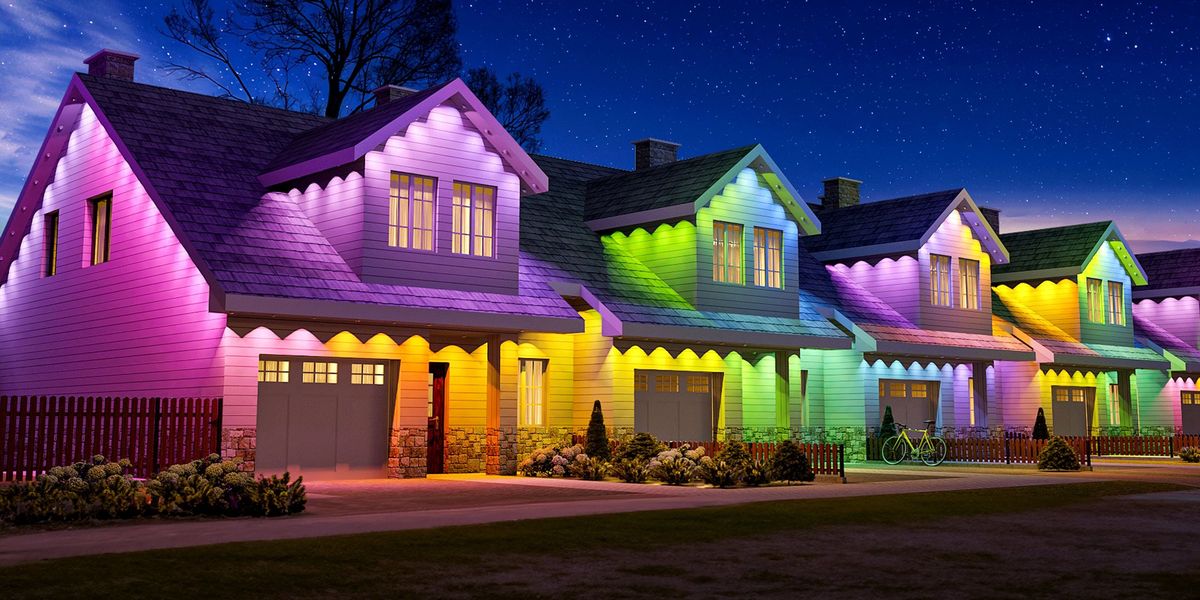

Ideas and Tips
Upgrading Your Home’s Exterior With DIY Smart Landscape Lighting System
Published: September 4, 2024
Transform your home's exterior with a DIY smart landscape lighting system. Enhance aesthetics, security, and energy efficiency with our step-by-step guide.
(Many of the links in this article redirect to a specific reviewed product. Your purchase of these products through affiliate links helps to generate commission for Storables.com, at no extra cost. Learn more)
Transforming your home's exterior with a DIY smart landscape lighting system can elevate the aesthetic appeal and functionality of your outdoor space. Smart lighting systems offer a wide range of benefits, including energy efficiency, customizable lighting scenes, and enhanced security. In this article, we will guide you through the process of upgrading your home's exterior with a DIY smart landscape lighting system, covering the essential components, design considerations, and practical implementation steps.
Understanding the Basics of Smart Landscape Lighting
Smart landscape lighting involves using technology to control and automate your outdoor lighting. This can include features such as color-changing LEDs, motion sensors, and remote control capabilities. The primary goal is to create a system that is both visually appealing and functional, enhancing the ambiance of your outdoor space while also providing practical benefits like improved security and energy efficiency.
Key Components
-
LED Lights: The heart of any smart landscape lighting system are the LED lights. These lights come in various colors and can be adjusted to change colors, brightness, and patterns. They are energy-efficient and long-lasting, making them an ideal choice for outdoor use.
-
Control Units: These units can be microcontrollers like Arduino or Raspberry Pi, which allow you to program and control the lighting system. They can be connected to sensors and other devices to create a fully automated system.
-
Power Supply: A low-voltage transformer is typically used to power the LED lights. This transformer should be capable of handling the total wattage of all the lights in your system.
-
Wiring and Connectors: Proper wiring and connectors are crucial for ensuring that the system functions correctly. Use waterproof connectors and bury wires at least 6 inches deep to protect them from damage.
-
Sensors and Timers: Motion sensors can be added to turn lights on and off based on movement, while timers can be programmed to adjust lighting schedules according to time of day or season.
Designing Your Smart Landscape Lighting System
Before you start building your system, it's important to design it carefully. Here are some key considerations:
1. Selecting the Right Fixtures
Choose fixtures that fit your landscape design and meet your functional needs. For example:
- Path Lights: These are ideal for lighting walkways and can be placed at regular intervals.
- Spotlights: These are great for highlighting specific areas like trees or water features.
- Flood Lights: These provide broad coverage and are often used to illuminate large areas like driveways or gardens.
2. Planning the Layout
Plan the layout of your lights carefully. Consider the placement of each fixture to ensure that it complements the surrounding environment. Use a low-voltage transformer that can handle the total wattage of all the lights in your system.
3. Seasonal Considerations
Outdoor lighting can be affected by seasonal changes. For example, during winter months, you may want to avoid placing lights in areas where they could be damaged by snowplows or shovels. Additionally, some plants look particularly beautiful when lit up during the winter months, so consider this when planning your layout.
Practical Implementation Steps
1. Gathering Materials
Here is a list of materials you'll need to get started:
- LED lights (color-changing or RGB)
- Low-voltage transformer
- Waterproof connectors
- Wire (10-gauge for main lines and 12-gauge for between lights)
- Soldering iron and solder
- Microcontroller (Arduino or Raspberry Pi)
- Power supply for microcontroller
- Sensors (motion sensors)
- Timers (optional)
- Junction boxes and conduit (if needed)
2. Installing the Transformer
Mount the transformer in a central location near an outdoor GFCI outlet. This will make it easier to change the photocell’s orientation if needed. Connect the main wires to the transformer by stripping off 3/4 inch of insulation, twisting the small strands together, then attaching them to the terminals.
3. Wiring the Lights
Use 10-gauge wire for the main lines from the transformer to where the lights begin. Switch to 12-gauge wire between the lights for better efficiency. Bury these wires at least 6 inches deep so they won’t be damaged if the lawn is aerated or if you need to shovel snow in winter.
4. Adding Sensors and Timers
Motion sensors can be placed near entrances or other areas where you want lights to turn on automatically when someone approaches. Timers can be programmed using a smart timer that adjusts based on seasons or geographic location.
5. Programming the Microcontroller
If you're using a microcontroller like Arduino or Raspberry Pi, you'll need to program it to control your lights. This involves setting up GPIO pins to control relays which then control your LED lights. You can use PHP for server-side scripting and JavaScript for user-side interactions along with Python scripts for monitoring GPIO status.
Advanced Features: Multi-Zone Systems
For those who want more advanced features like multi-zone systems where different areas of your yard can be controlled independently, here are some tips:
Using Multiple Transformers
If you have a large yard with multiple areas that need different lighting setups, consider using multiple transformers each powering different zones of your yard. This allows for more flexibility in terms of lighting schedules and sensor placements.
Integrating with Smart Home Systems
Integrating your DIY smart landscape lighting system with existing smart home systems like OpenHAB can provide additional benefits such as remote operation and integration with other IoT devices.
Case Study: DIY Low-Voltage Outdoor Lighting Controlled Using Raspberry Pi
One example of a DIY smart landscape lighting system is one built using Raspberry Pi as described in an Instructables guide. This system uses low-voltage power from an ATX power supply and includes components like Apache web server, WiringPi for GPIO management, PHP for server-side scripting, JavaScript for user-side interactions, and Python scripts for monitoring GPIO status.
Step-by-Step Guide
Here’s a step-by-step guide based on this Instructables project:
-
Hardware Components: Gather necessary hardware components including Raspberry Pi setup with Apache web server, WiringPi for GPIO management using PHP main page with JavaScript user side interaction & Python scripts monitoring GPIO status displaying relevant information main web page.
-
Infrastructure Setup: Set up infrastructure pictures showing conduit junction boxes etc., focusing electronic guts system up you make weather proof needed pretty needed both desirable.
-
Adding Motion Sensors: Place motion sensors near entrances using ethernet structure route power data I/O breeze simple python script monitor trigger lights sunset sunrise time hot outside fans come automatically temp reaches degrees.
-
Customization & Expansion: Customize expand heart content loads great responses friends family replicate successfully month tweaks questions feedback clean.
Upgrading your home's exterior with a DIY smart landscape lighting system is not only feasible but also highly rewarding. By following these steps and considering key design elements like fixture selection seasonal factors practical implementation steps advanced features multi-zone systems integration smart home systems you can create a beautiful functional outdoor space that enhances both ambiance practicality your home.
Whether you're looking to add some festive flair during holidays create ambiance evening hours improve security motion sensors timers microcontrollers like Arduino Raspberry Pi there’s something everyone can benefit from upgrading their outdoor lighting system today!
References
- Reddit Discussion on DIY Wired Smart/RGB Landscape Lighting – This thread provides valuable insights into upgrading wired landscape spotlights to create low-voltage copycats of Philips Hue Lily Spotlight.
- Family Handyman Guide on Low-Voltage Outdoor Lighting – This guide offers practical tips on selecting right fixtures placing wiring correctly ensuring longevity fixtures.
- Instructables Guide on DIY Low-Voltage Outdoor Lighting Controlled Using Raspberry Pi – This guide provides detailed instructions on setting up automated system using Raspberry Pi.
- OpenHAB Community Discussion on Landscape Lighting Multi-Zones – This discussion highlights challenges faced when setting up multi-zone systems and potential solutions.
- Lumary Smart Outdoor Lighting Collection – This collection showcases versatile smart outdoor lighting solutions suitable various outdoor settings occasions.
Was this page helpful?
At Storables.com, we guarantee accurate and reliable information. Our content, validated by Expert Board Contributors, is crafted following stringent Editorial Policies. We're committed to providing you with well-researched, expert-backed insights for all your informational needs.
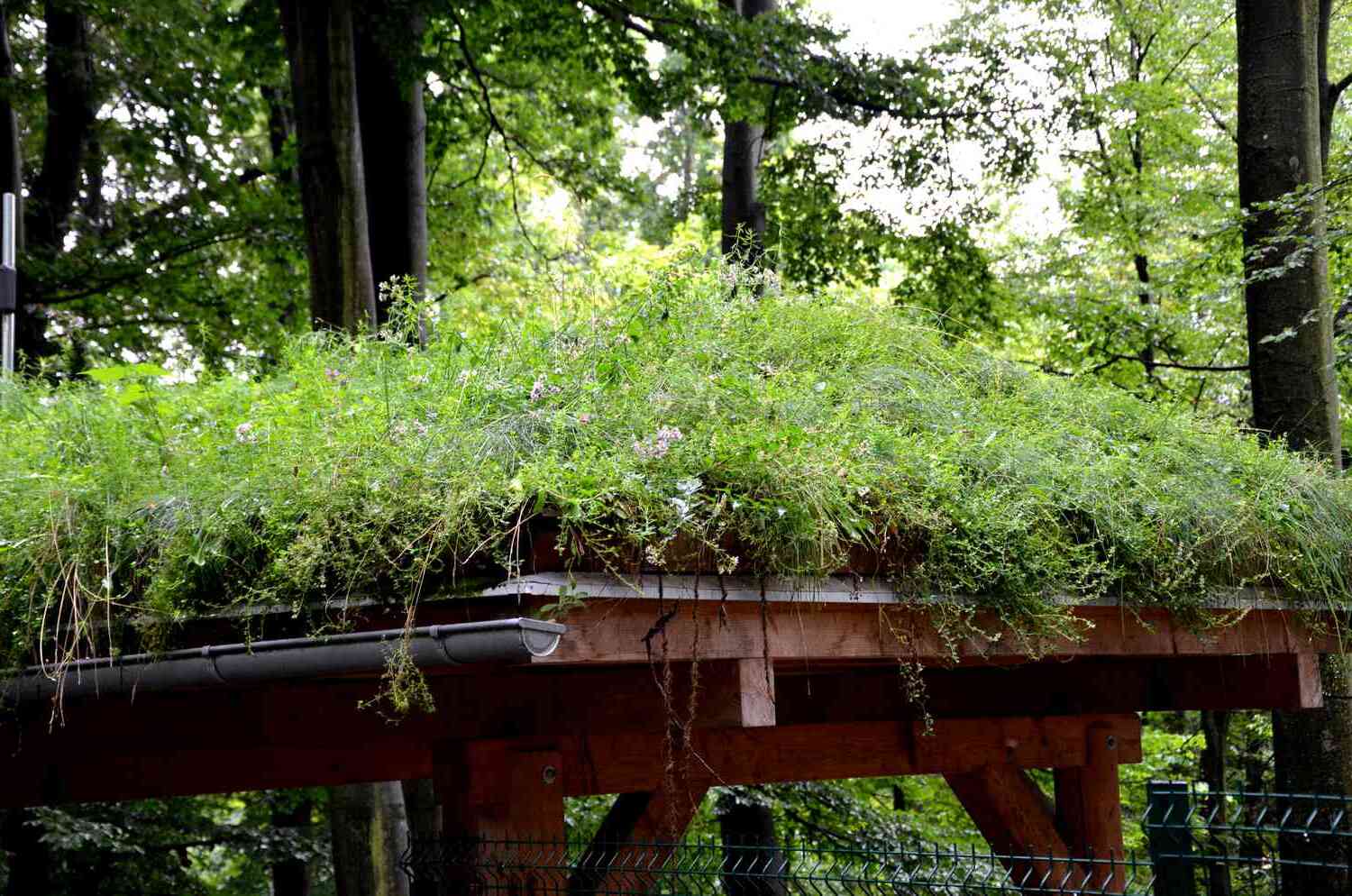
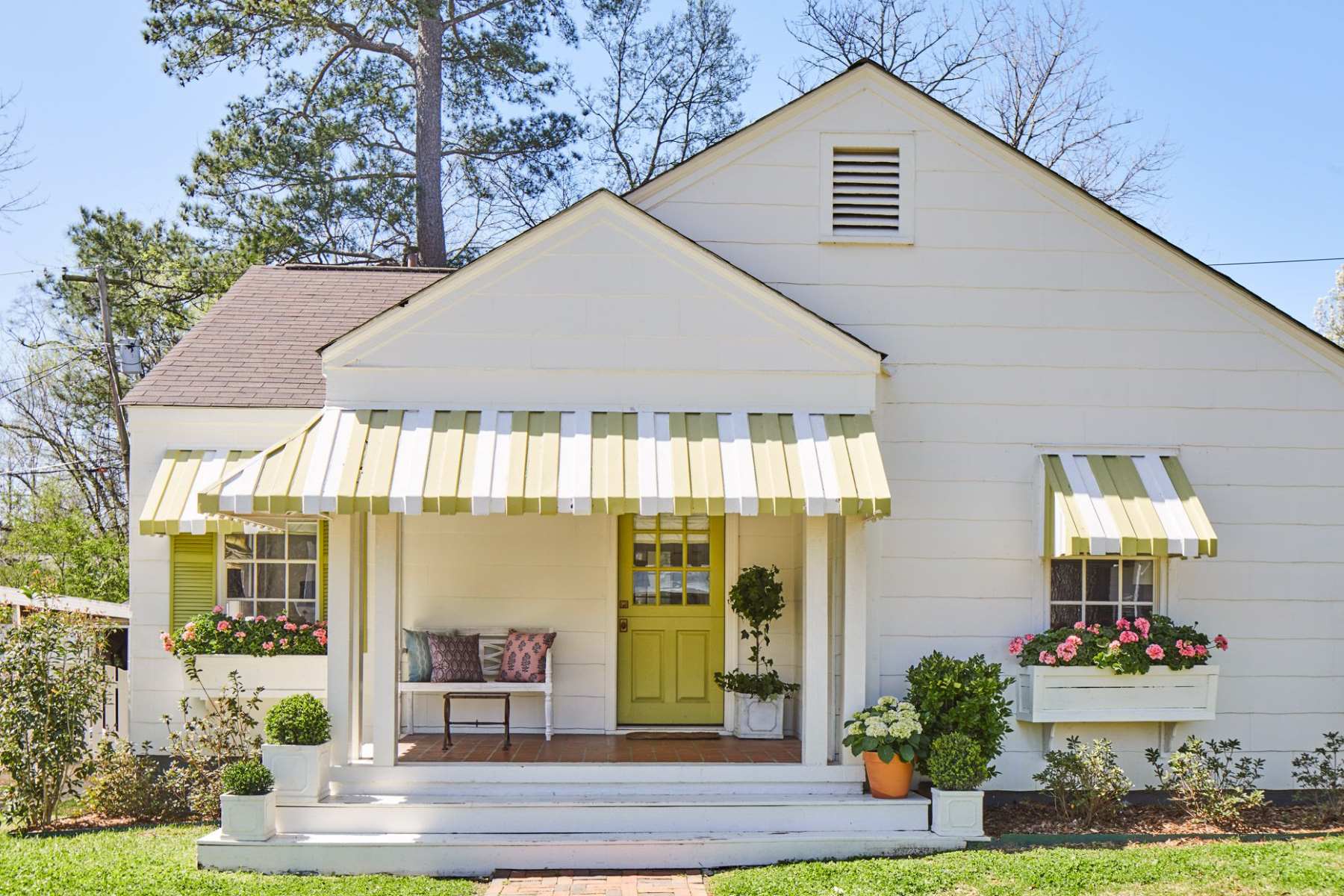

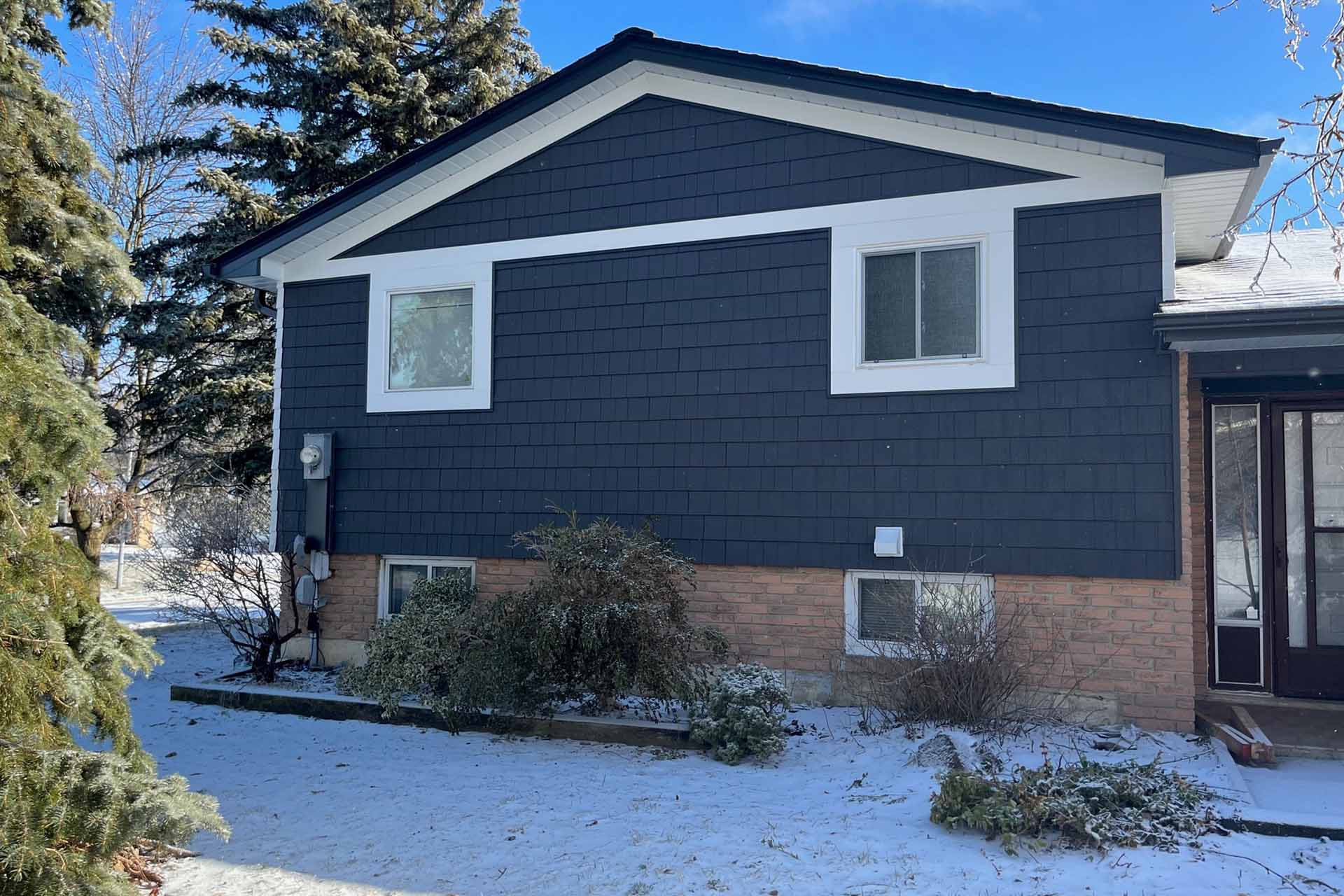
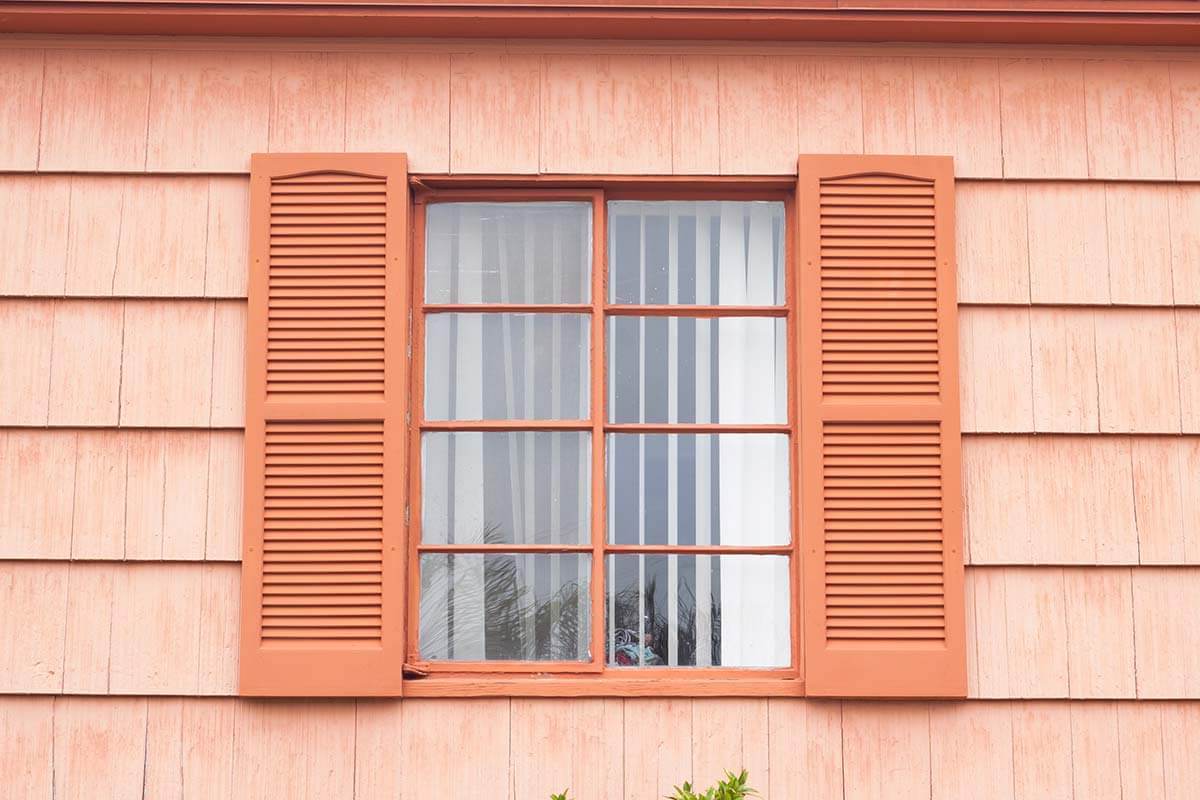
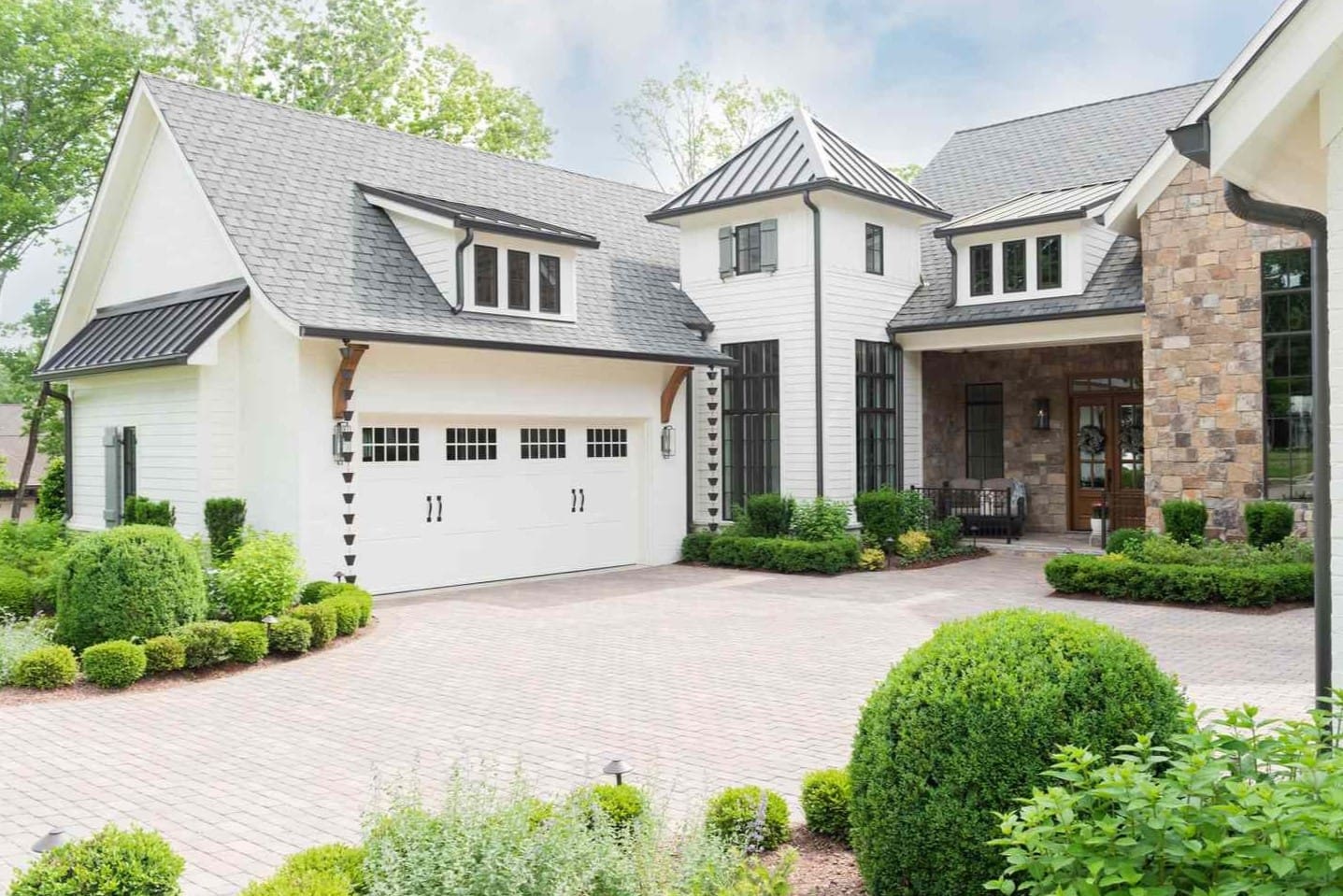
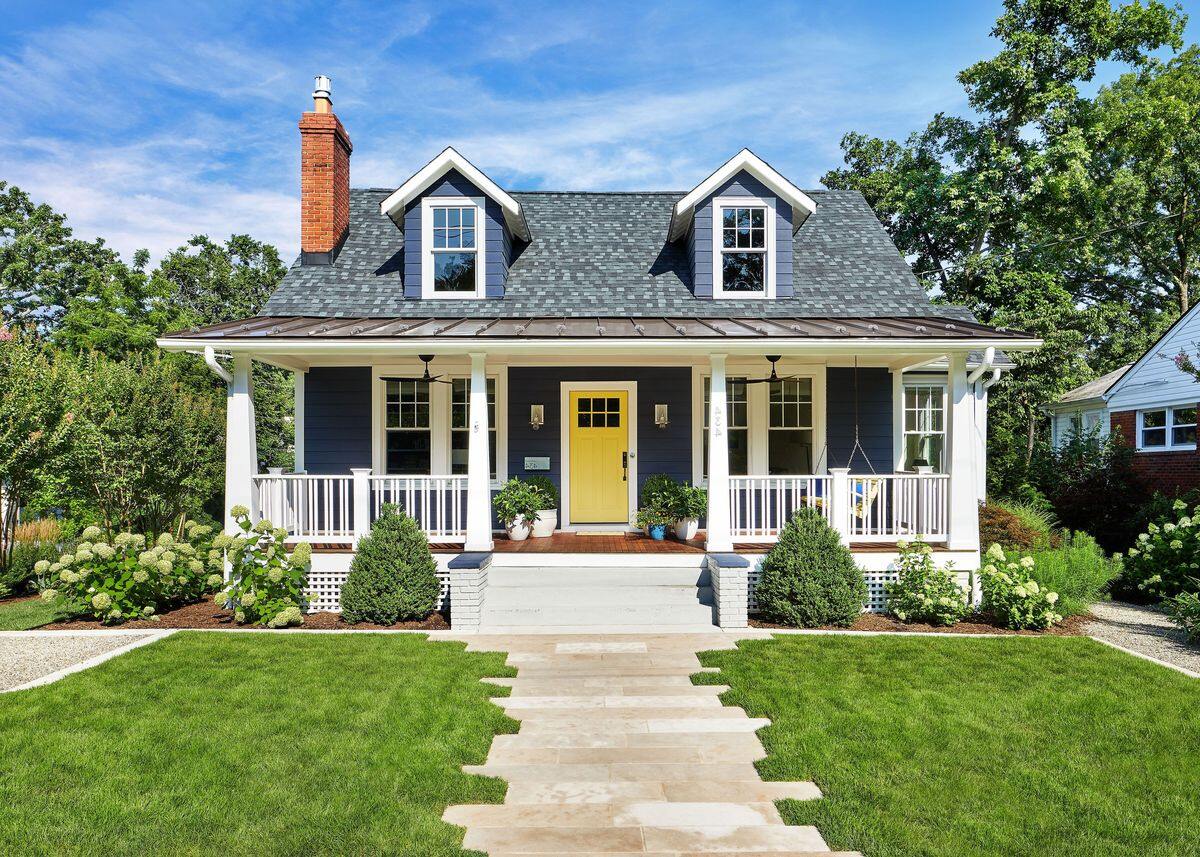
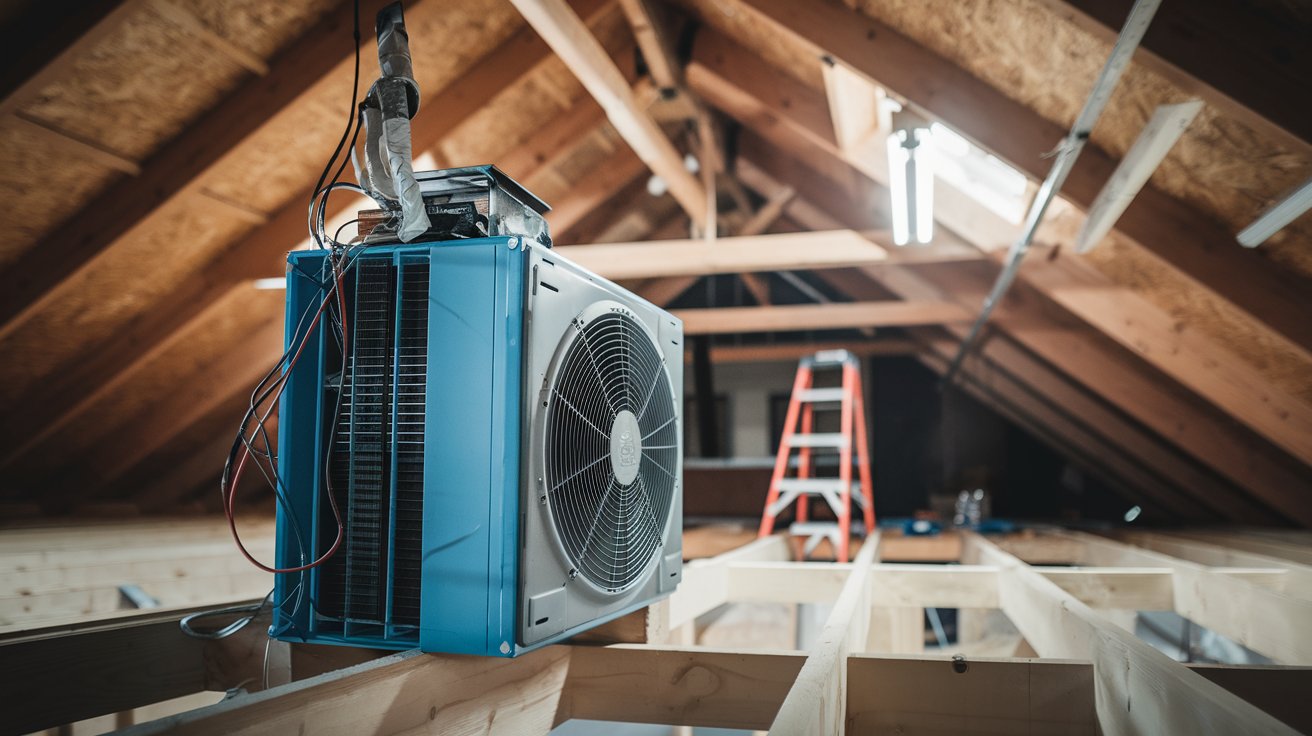
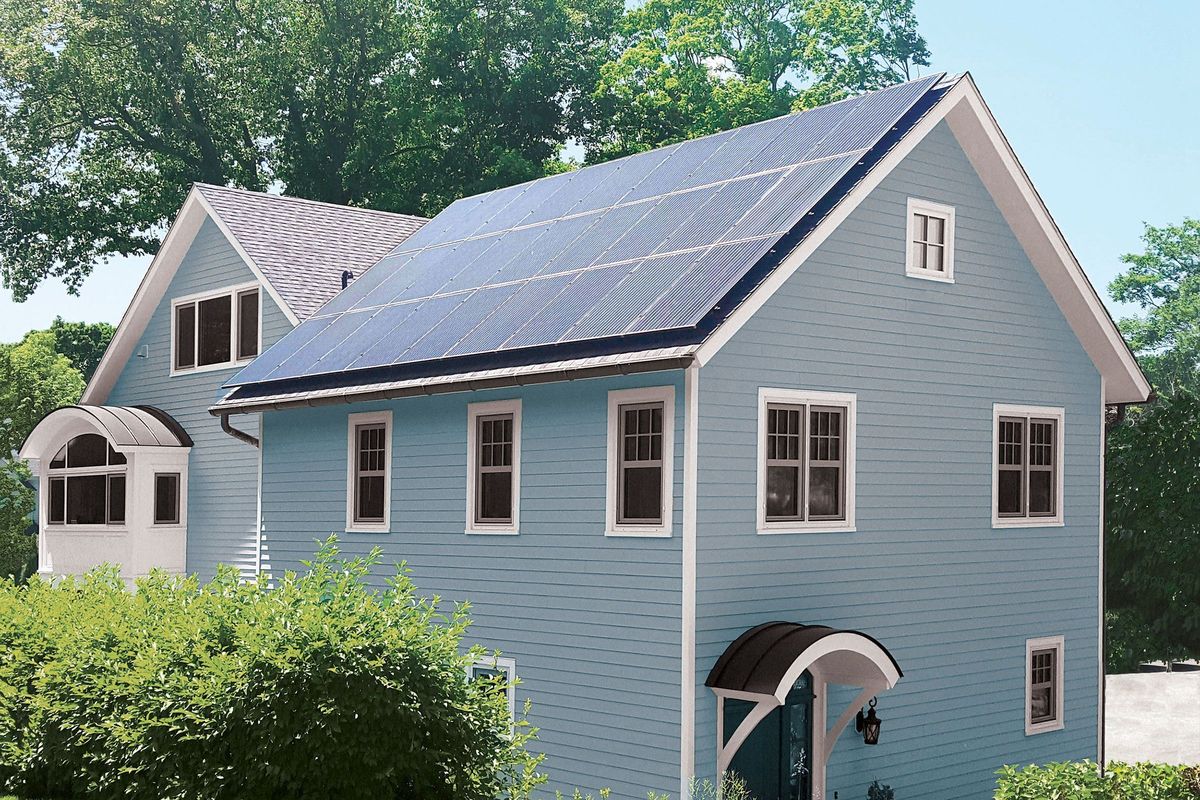
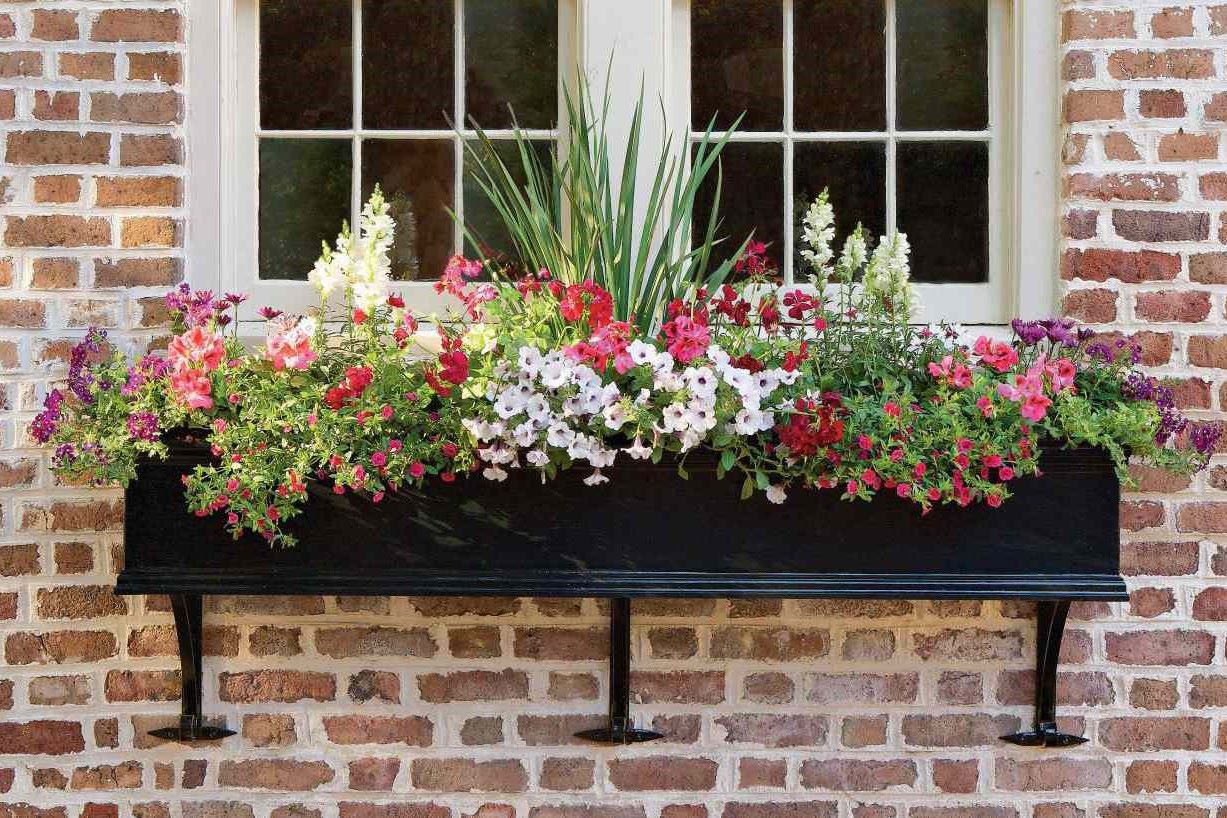
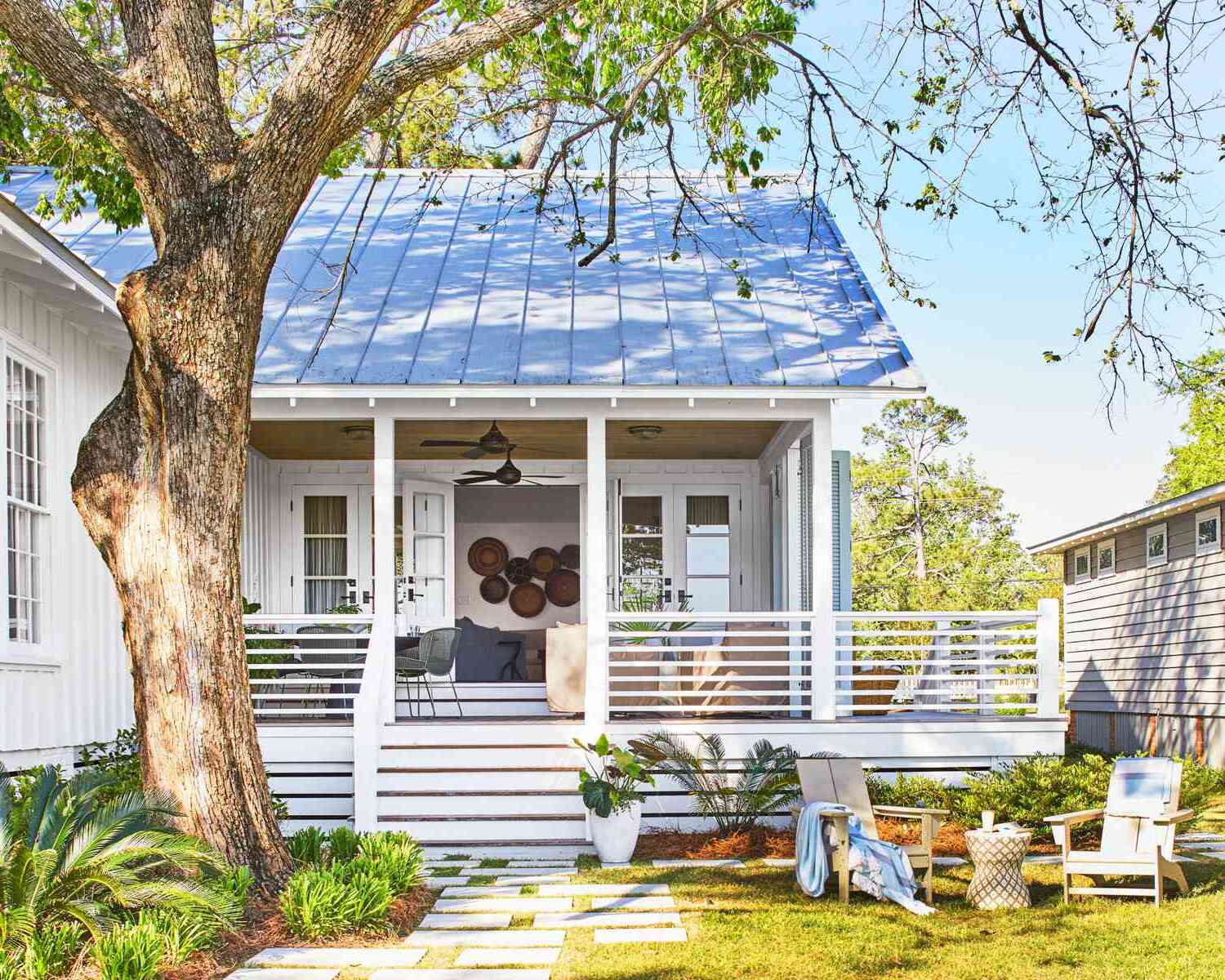

0 thoughts on “Upgrading Your Home’s Exterior With DIY Smart Landscape Lighting System”